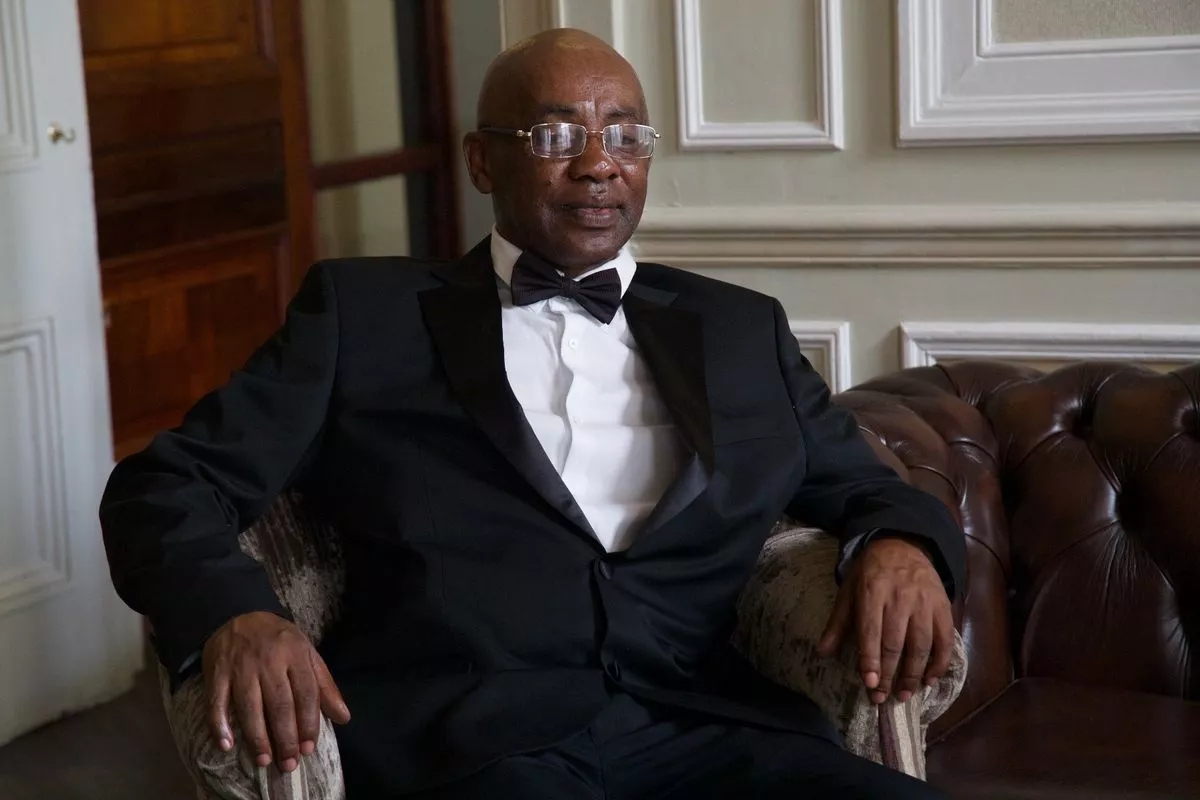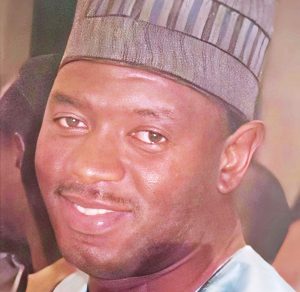The Central Bank of The Gambia has opted to maintain the monetary policy rate at 17 percent. Presenting the conclusions of the Monetary Policy Committee (MPC), the Governor of the Central Bank of The Gambia, Buwa Saidy, stated on Thursday that the Gambian economy is recovering, with 6.6% growth in Q3 2023, according to the Bank’s Composite Index of Economic Activity. The CBG staff forecasts 5.3 percent growth for 2023, despite risks including inflation, global commodity price uncertainties, and domestic economic bottlenecks.
According to Buwa Saidy, the third quarter of 2023’s provisional balance of payments shows a moderated deficit in the current account balance, with a narrowed deficit of 2.5 percent of GDP, and a moderated deficit in the goods account, largely due to a decline in electricity imports.
Dalasi declines, but remittances continue to sustain foreign exchange.
The foreign exchange market remains stable with robust activity, with total volumes of activities at US$2.1 billion from January to September 2023, slightly lower than 2022, and remittance inflows at US$564.1 million.
The dalasi, despite a challenging global environment, remained stable against major currencies. However, due to high import demand, it moderately depreciated against the US dollar, Euro, and CFA.
The government fiscal operations for the first nine months of 2023 showed a slight narrowing of the overall deficit from D5.4 billion to D5.3 billion, with total revenue and grants reaching D18.3 billion, a 21.3% year-on-year increase. Total expenditure and net lending increased to D23.6 billion, primarily due to externally financed development expenditures.
As debt stock increases, inflation drops by half a point.
From December 2022 to October 2023, the nominal value of government domestic debt stock increased by 4.7%, accounting for 29.0% of GDP, with short-term debt accounting for 49.8%.
Short-term government securities yields are declining, reversing a rising trend, due to increased liquidity in the banking system, with the weighted average yield dropping from 12.0% in August to 5.4% in October.
Inflation moderated in October 2023, dropping to 18.0% from 18.5% in September, causing a decrease in food and non-food components. Global commodity price easing and a better cropping season are expected to alleviate domestic price pressures. Food inflation decreased to 23.8% in October 2023, primarily due to bread and cereals, while non-food inflation remained at 11.5%, unchanged from June 2023.










